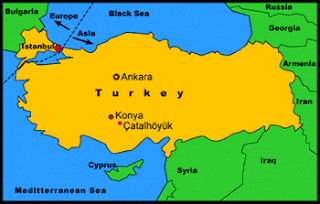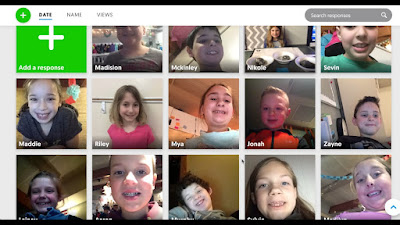Importance of Salt: Big History Clip
Why is salt so important in the development of civilization? Why did the Romans pay their soldiers in salt? Here is a terrific two minute clip from the Big History Project that explains salt's preservation powers and its influence on our vocabulary. Salami, for example, comes from the Latin word "SAL"or "salt." And so do the words "sausage," "sauce, and "salsa". The host also points out that since salt saved lives by preserving food, it also led to salvation!




